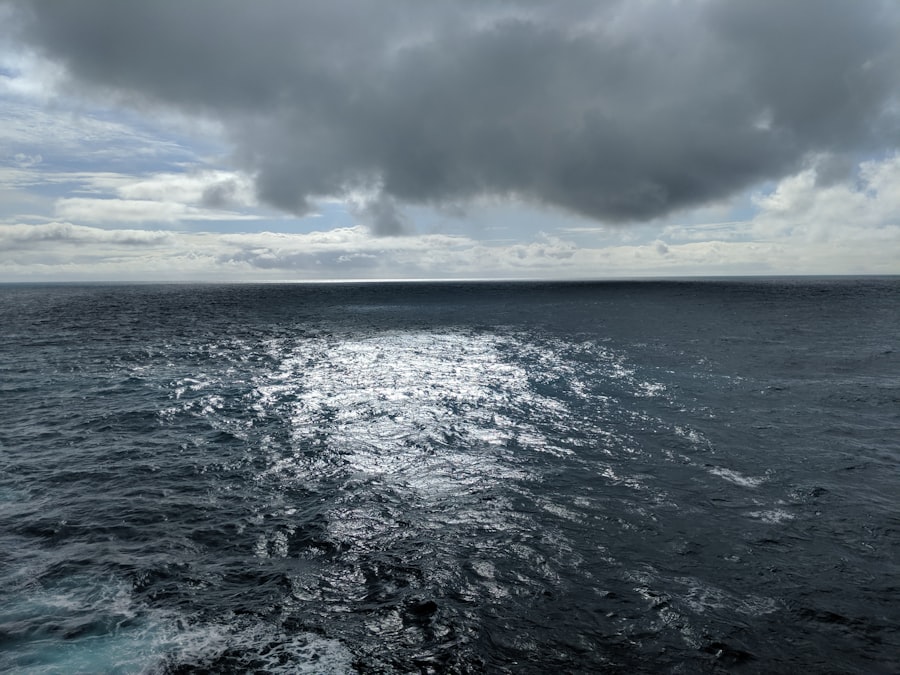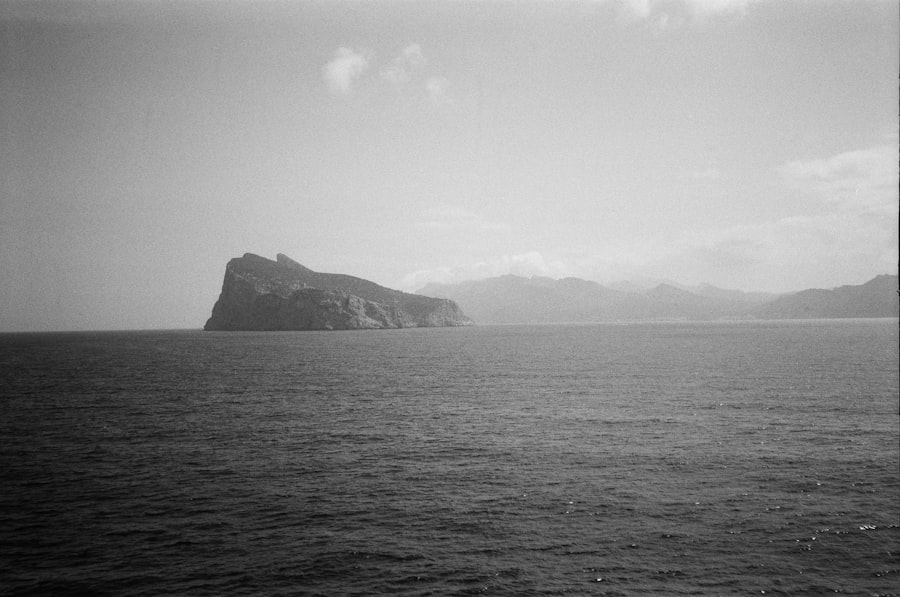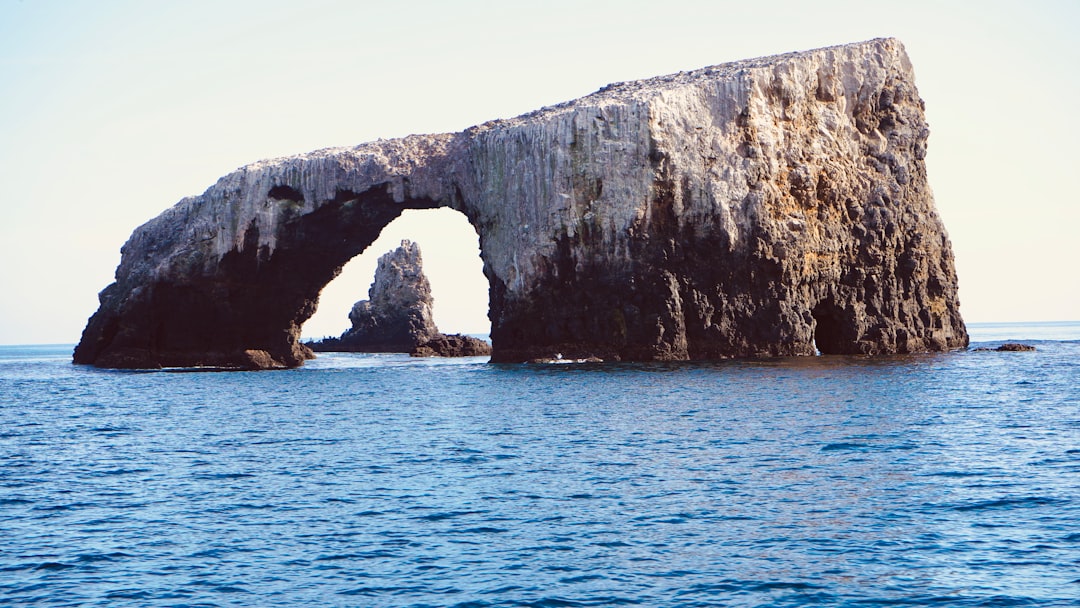The Drake Passage, a body of water located between the southern tip of South America and Antarctica, is renowned for its tumultuous seas and unpredictable weather. Named after the English explorer Sir Francis Drake, who navigated these waters in the late 16th century, the passage serves as a critical maritime route for vessels traveling to and from Antarctica. Spanning approximately 600 kilometers (370 miles) at its widest point, the Drake Passage is often characterized by its strong currents and high waves, making it both a challenging and exhilarating experience for sailors and travelers alike.
Geographically, the Drake Passage is significant not only for its role in maritime navigation but also for its ecological importance. The waters are rich in nutrients, supporting a diverse array of marine life, including krill, which serves as a vital food source for many species of whales, seals, and seabirds. The unique confluence of the Atlantic and Pacific Oceans creates a dynamic environment that is constantly changing, influenced by factors such as wind patterns and ocean currents.
This ever-shifting landscape adds to the allure of the Drake Passage, drawing adventurers and researchers eager to explore its depths.
Key Takeaways
- The Drake Passage is a body of water between South America’s Cape Horn and the South Shetland Islands of Antarctica, known for its rough seas and challenging conditions.
- The weather in the Drake Passage is unpredictable and can change rapidly, with strong winds and high waves being common.
- The best time for crossing the Drake Passage is during the Antarctic summer, from November to March, when the weather is relatively milder.
- To avoid rough seas, choose a larger, more stable vessel and consider taking seasickness medication before the crossing.
- The Drake Passage offers excellent wildlife spotting opportunities, including sightings of whales, seals, and various seabird species.
Weather and Climate in the Drake Passage
The weather in the Drake Passage is notoriously unpredictable, with conditions that can change rapidly within a matter of hours. The region is influenced by the Antarctic Circumpolar Current, which flows around Antarctica and contributes to the passage’s rough seas. Winds can reach gale force, and storms can develop suddenly, creating challenging conditions for vessels attempting to navigate these waters.
Travelers should be prepared for a range of weather scenarios, from calm and sunny days to fierce storms with towering waves. Temperature variations are also notable in the Drake Passage. During the summer months (November to March), temperatures can be relatively mild, ranging from 0°C to 10°C (32°F to 50°F).
However, even in summer, cold fronts can sweep through, bringing frigid temperatures and harsh winds. In contrast, winter months (June to August) can see temperatures plummet well below freezing, with icebergs and sea ice becoming more prevalent. Understanding these climatic conditions is essential for anyone planning a crossing, as they can significantly impact both safety and comfort during the journey.
Best Time of Year for Crossing the Drake Passage

The optimal time for crossing the Drake Passage largely depends on individual preferences and objectives. For most travelers, the summer months from November to March are considered ideal due to milder weather conditions and increased wildlife activity. During this period, temperatures are more manageable, and the likelihood of encountering rough seas diminishes.
Additionally, this timeframe coincides with the peak tourist season for Antarctic expeditions, making it easier to find organized trips that cater to various interests. However, some adventurers may prefer to cross during the shoulder seasons of late spring or early autumn. These months can offer unique opportunities for wildlife spotting, as migratory species may be more active during these transitional periods.
While weather conditions may be less predictable during these times, those willing to brave the elements may find themselves rewarded with fewer crowds and a more intimate experience with nature. Ultimately, choosing the best time for crossing the Drake Passage requires careful consideration of personal preferences and travel goals.
Avoiding Rough Seas: Tips for a Smooth Crossing
| Tip | Description |
|---|---|
| Check the weather | Before setting sail, make sure to check the weather forecast to avoid rough seas. |
| Plan your route | Choose a route that is known for calmer waters to ensure a smooth crossing. |
| Stabilize the boat | Use stabilizers or ballast to help keep the boat steady in rough seas. |
| Stay hydrated | Drink plenty of water to avoid dehydration, which can worsen seasickness. |
| Stay on deck | Fresh air and a clear view of the horizon can help alleviate seasickness. |
For many travelers, the prospect of crossing the Drake Passage can be daunting due to its reputation for rough seas. However, there are several strategies that can help mitigate discomfort and enhance the overall experience. One of the most effective ways to prepare is by choosing a vessel designed specifically for navigating challenging waters.
Modern expedition ships are equipped with stabilizers and advanced technology that can significantly reduce motion sickness and improve stability during turbulent conditions. In addition to selecting the right vessel, travelers can take proactive measures to manage seasickness.
Ginger tablets or wristbands that apply acupressure are popular options among seasoned travelers. Staying hydrated and consuming light meals before and during the crossing can also help maintain comfort levels. Finally, finding a comfortable spot on deck or in a lounge area where one can enjoy fresh air may provide relief from nausea.
Wildlife Spotting Opportunities in the Drake Passage
The Drake Passage is not only a challenging maritime route but also a prime location for wildlife enthusiasts eager to observe some of nature’s most magnificent creatures. The nutrient-rich waters support an abundance of marine life, making it an ideal setting for spotting various species of whales, seals, and seabirds. Travelers crossing the passage often have the chance to see humpback whales breaching in the distance or orcas hunting in their natural habitat.
Birdwatchers will also find plenty to marvel at during their journey through the Drake Passage. The region is home to numerous seabird species, including albatrosses, petrels, and skuas. These birds are often seen gliding gracefully above the waves or diving into the water in search of food.
For those interested in photography or simply appreciating nature’s beauty, having binoculars on hand can enhance the experience by allowing for closer observation of these incredible animals in their natural environment.
Planning Your Itinerary: Factors to Consider

When planning an itinerary that includes crossing the Drake Passage, several factors must be taken into account to ensure a successful journey. First and foremost is the choice of departure point. Ushuaia, Argentina, is commonly regarded as the gateway to Antarctica and serves as a popular starting point for many expeditions.
Travelers should consider how much time they wish to spend in Ushuaia before or after their crossing, as there are numerous attractions in the area worth exploring. Another important consideration is the duration of the crossing itself. While most expeditions take approximately two days to traverse the passage, some itineraries may include additional stops or excursions along the way.
Travelers should also think about their interests—whether they are primarily focused on wildlife viewing, photography, or simply experiencing the thrill of crossing one of the world’s most notorious waterways—and choose an itinerary that aligns with those goals. Flexibility is key; weather conditions can impact schedules, so being open to changes will enhance overall enjoyment.
Choosing the Right Vessel for Crossing the Drake Passage
Selecting an appropriate vessel for crossing the Drake Passage is crucial for ensuring safety and comfort during the journey. Various types of ships operate in these waters, ranging from large cruise liners to smaller expedition vessels designed specifically for polar exploration. Larger ships may offer more amenities and stability but can be less maneuverable in rough seas.
Conversely, smaller vessels often provide a more intimate experience but may be more susceptible to motion.
Many expedition ships feature knowledgeable guides who provide insights into the region’s ecology and history while enhancing wildlife spotting opportunities.
Additionally, amenities such as comfortable cabins, dining options, and observation decks can significantly impact overall enjoyment during the crossing. Researching different operators and reading reviews from previous travelers can help individuals make informed decisions about which vessel best suits their needs.
Safety Precautions for Crossing the Drake Passage
Safety should always be a top priority when crossing the Drake Passage due to its unpredictable nature. Travelers should familiarize themselves with safety protocols established by their chosen expedition company before embarking on their journey. This includes understanding emergency procedures and knowing how to use safety equipment such as life jackets and lifeboats.
It is also advisable for travelers to stay informed about weather conditions throughout their crossing. Many expedition companies provide regular updates on sea conditions and potential hazards, allowing passengers to make informed decisions about their activities on board or during excursions. Additionally, maintaining communication with crew members regarding any concerns or discomfort can help ensure a safe and enjoyable experience throughout the journey.
Packing Essentials for a Drake Passage Crossing
Packing appropriately for a crossing of the Drake Passage is essential for comfort and safety during this adventure. Given the region’s unpredictable weather conditions, layering clothing is highly recommended. Travelers should pack moisture-wicking base layers, insulating mid-layers such as fleece or down jackets, and waterproof outer layers to protect against wind and rain.
In addition to clothing, other essentials include sturdy footwear suitable for wet conditions, sunscreen to protect against UV rays reflecting off water and ice, and sunglasses with polarized lenses for glare reduction. Binoculars are also highly recommended for wildlife spotting opportunities during the crossing. Finally, personal items such as medications for seasickness or any necessary toiletries should be included in one’s packing list to ensure a smooth journey.
Making the Most of Your Time at Sea
Crossing the Drake Passage offers travelers a unique opportunity to immerse themselves in one of Earth’s most remote environments while enjoying various onboard activities. Many expedition vessels provide educational programs led by experienced naturalists who share insights about marine life, geology, and history related to Antarctica. Engaging in these programs can enhance appreciation for this remarkable region.
Additionally, travelers should take advantage of opportunities to socialize with fellow passengers during meals or communal activities on board. Sharing experiences with like-minded individuals can enrich one’s journey and create lasting memories. Whether it’s enjoying a sunset on deck or participating in group discussions about wildlife sightings, making connections with others adds depth to this extraordinary adventure at sea.
Alternatives to Crossing the Drake Passage
For those who may be hesitant about crossing the Drake Passage due to concerns about rough seas or other factors, several alternatives exist that still allow access to Antarctica’s breathtaking landscapes and wildlife. Some travelers opt for fly-cruise options that involve flying directly from Ushuaia to King George Island or other locations in Antarctica before embarking on an expedition vessel. This option eliminates the need for a sea crossing while still providing opportunities for exploration.
Another alternative is joining an expedition that focuses on sub-Antarctic islands such as South Georgia or the Falkland Islands without venturing into the heart of Antarctica itself. These regions offer stunning scenery and abundant wildlife while providing a different perspective on Southern Ocean ecosystems. Ultimately, whether one chooses to brave the Drake Passage or explore alternative routes, there are numerous ways to experience the beauty and wonder of this remarkable part of the world.
If you’re planning a journey across the Drake Passage, timing is crucial to ensure a smoother and more enjoyable experience. The best time to cross this notorious stretch of water is typically during the Southern Hemisphere’s summer months, from November to March, when the weather is relatively milder and the seas are calmer. For more detailed insights and tips on navigating this challenging route, you can check out a related article on the topic by visiting MyGeoQuest. This resource provides valuable information for adventurers looking to make the most of their voyage across one of the world’s most infamous maritime passages.
WATCH NOW! Drake Passage: Earth’s Deadliest Waters Revealed
FAQs
What is the best time to cross the Drake Passage?
The best time to cross the Drake Passage is during the austral summer, which runs from November to March. This is when the weather is relatively milder and the sea conditions are more favorable for crossing.
Why is the austral summer the best time to cross the Drake Passage?
During the austral summer, the weather in the Drake Passage is generally less severe, with calmer seas and milder temperatures. This makes for a more comfortable and safer crossing.
Are there any specific months within the austral summer that are better for crossing the Drake Passage?
While the entire austral summer is generally a good time to cross the Drake Passage, the months of December and January are often considered the best due to the relatively calmer weather and sea conditions.
What are the sea conditions like in the Drake Passage during the best time to cross?
During the austral summer, the sea conditions in the Drake Passage are typically calmer compared to other times of the year. However, it is important to note that the Drake Passage is known for its unpredictable and potentially rough seas, so it is still advisable to be prepared for some degree of motion.
Are there any other factors to consider when planning to cross the Drake Passage during the best time?
In addition to considering the time of year, it is also important to take into account the specific itinerary and purpose of the crossing. Factors such as wildlife sightings, research expeditions, and specific travel goals may influence the best time to cross the Drake Passage for individual travelers.
